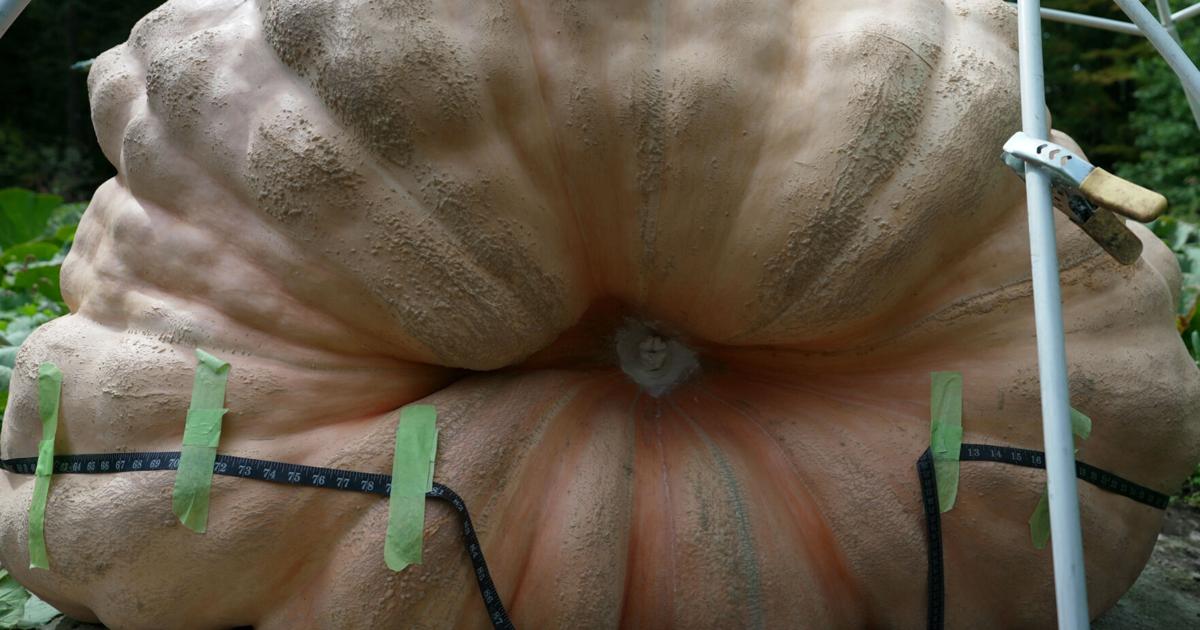Every autumn, pumpkin enthusiasts across the globe prepare for the exhilarating challenge of growing giant pumpkins, competing in weigh-offs to showcase their colossal fruits. This year, growers are turning to scientific methods to enhance their results, aiming to surpass the impressive benchmark of pumpkins weighing over 2,000 pounds.
The art of cultivating these giant vegetables goes beyond simple gardening techniques. Growers often rely on a combination of traditional horticultural practices and modern science. The Horticulture Society emphasizes the importance of soil health, irrigation, and nutrient management. These factors play a crucial role in supporting the rapid growth of pumpkins.
One key to success is the selection of the right seed. Many growers choose seeds from previous champions, which have been bred for size. The annual competitions in the United States and Canada attract serious contenders who are willing to invest time and resources into their pumpkin projects. The seeds of these giant pumpkins can cost upwards of $100 each, reflecting their potential for high yields.
The growing season typically begins in late spring. Growers must monitor their pumpkins closely, making adjustments to their care as the plants develop. This includes managing water levels and fertilization to ensure optimal growth. For instance, some growers have experimented with specialized fertilizers that promote rapid cell division, a crucial process that contributes to the fruit’s size.
Techniques such as pruning and thinning are also employed to maximize the potential of each plant. By removing smaller pumpkins, growers can channel energy into fewer fruits, allowing those remaining to grow larger. Experts recommend that growers maintain a consistent schedule of care, including daily checks on the pumpkins’ health and growth patterns.
In addition to traditional methods, several agricultural institutions, including the Agricultural Research Service, are conducting studies to uncover further secrets to pumpkin growth. Their research often focuses on genetic factors and environmental conditions that influence size. For example, a recent study highlighted how temperature fluctuations can affect the growth rate of pumpkins, suggesting that maintaining stable conditions can yield better results.
As the weigh-offs approach, growers prepare for the excitement of competition. Events often take place in October, with participants from various regions showcasing their hard work. The atmosphere is electric as spectators gather to witness the colossal fruits being weighed, with the largest often receiving awards and recognition.
Beyond the competitive aspect, growing giant pumpkins fosters community engagement. Many local 4-H programs incorporate pumpkin growing into their activities, allowing young people to learn about agriculture while developing skills in responsibility and teamwork. This educational component adds another layer to the tradition of giant pumpkin growing.
In conclusion, the journey to cultivating a giant pumpkin is one that blends passion, science, and community spirit. As growers continue to push the limits of what is possible, their efforts not only contribute to the excitement of the annual weigh-offs but also promote a deeper understanding of agricultural practices. The combination of tradition and innovation ensures that this unique competition will thrive for years to come.
